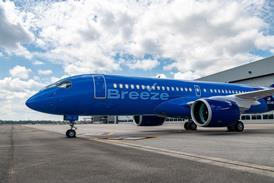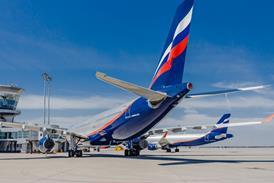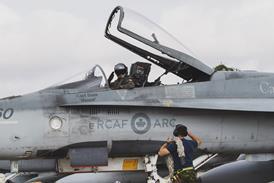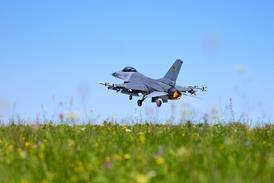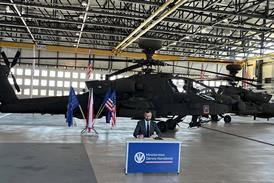Andrzej Jeziorski/DAHLEWITZ
BMW ROLLS-Royce's BR710 became the first German-built civil turbofan ever to be certificated when it was awarded type approval by the European Joint European Aviation Authorities (JAA) on 14 August.
"From now on, we are in the club of major aerospace industries," says a jubilant Gunter Kappler, BMW R-R research and development director, after the certificate was signed at the company's base at Dahlewitz near Berlin. Approval from the US Federal Aviation Administration is expected to follow by the middle of September.
The certification, which came a day earlier than planned, is the culmination of a five-year development programme, with 5,000 engine running hours and a ten-month flight-test programme on the Gulfstream V corporate jet.
The certification covers the BR710 A1-10, which powers the Gulfstream V, at a thrust rating of 65kN (14,750lb).
According to Reg Moore, chief engineer on the BR700 family, certification for the A2-20 version of the engine, which is to power the Bombardier Global Express, will come after a repeat of the 150h endurance test next April.
According to Moore, BMW R-R is expecting to become a JAR 21-approved design organisation towards the end of 1997. This will allow the company to make minor modifications to the engines without referring back to the official certification authorities.
The Gulfstream V is now in flight test, with entry into service expected by the end of the year. Meanwhile, the Global Express will be rolled out on 26 August, and is expected to have its maiden flight in the third quarter. Service entry will follow in mid-1998.
The first test run of the more powerful, 82kN (18,500lb) BR715 engine, which will power the McDonnell Douglas MD-95, is to take place next March. Certification is scheduled for September 1998, with entry into ser- vice in 1999.
The core engine, common to all BR700 family engines, has a ten-stage, high-pressure compressor and a two-stage high-pressure turbine, with an advanced combustion chamber, which BMW R-R claims, help to make the engine "-the most environmentally friendly power plant of its kind".
The BR710 has a 1.2m fan and two-stage low-pressure turbine, while the BR 715 has a 1.5m fan with a two-stage booster and three-stage low-pressure turbine.
Source: Flight International

